Introduction
Yam (Dioscorea spp.), a versatile root vegetable known for its nutritious value and delicate texture, is a staple in many cuisines worldwide. Its creamy flesh, which can range from white to purple, offers a mild, earthy flavor that complements a variety of dishes. From soups and stews to desserts and stir-fries, yams enhance the nutritional profile and culinary appeal of numerous meals. However, maintaining the freshness of yams can be challenging, especially given their tendency to spoil quickly if not stored properly. This comprehensive guide explores various methods for preserving yam freshness, ensuring that you can enjoy this nutritious vegetable at its best for an extended period.
Understanding Yam Storage Requirements
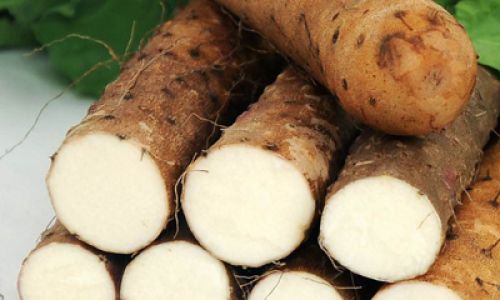
Before diving into specific preservation techniques, it’s crucial to understand the basic storage requirements for yams. Unlike some other root vegetables, yams do not thrive in cold, damp conditions. Exposure to low temperatures can cause them to undergo chilling injury, leading to the development of soft spots, discoloration, and an off flavor. Therefore, the key to preserving yam freshness lies in creating an environment that mimics their natural growing conditions as closely as possible.
Ideal Storage Conditions
-
Temperature: The optimal storage temperature for yams ranges between 55°F and 60°F (13°C and 16°C). This warm range helps to prevent chilling injury and slows down the natural process of starch conversion to sugar, which can lead to texture changes.
-
Humidity: Maintaining a relative humidity of around 80-85% is essential to prevent moisture loss through evaporation. Dry air can cause the skin of yams to shrivel, making them more susceptible to decay.
-
Ventilation: Good air circulation is necessary to prevent the build-up of ethylene gas, which can accelerate ripening and spoilage.
-
Light: Yams should be stored in darkness or minimal light exposure to prevent discoloration and nutrient loss.
Selection and Preparation for Storage
Proper selection and preparation of yams before storage are crucial steps in ensuring long-term freshness.
-
Choose Healthy Specimens: Opt for firm, unblemished yams with smooth, uncracked skin. Avoid those with soft spots, mold, or insect damage.
-
Handling with Care: Handle yams gently to prevent bruising, which can provide entry points for bacteria and fungi.
-
Cleaning: Gently brush off any dirt with a soft cloth or vegetable brush. Avoid soaking or washing yams until you are ready to use them, as excess moisture can promote mold growth.
-
Curing: For long-term storage, a process called curing can be beneficial. This involves placing the yams in a warm, well-ventilated area for about two weeks. During this period, the skin toughens, reducing the risk of moisture loss and injury.
Refrigeration: A Misconception
Despite common misconceptions, refrigerating yams is not recommended. The cold temperatures in a refrigerator can cause chilling injury, leading to premature spoilage. Instead, focus on creating a warm, humid environment that mimics the conditions in which yams naturally thrive.

Traditional Storage Methods
Several traditional methods have been employed for centuries to preserve the freshness of yams. These methods leverage natural materials and simple techniques to create an ideal storage environment.
-
Sand Storage: Burying yams in moist, clean sand is a time-honored method. The sand retains moisture and provides some insulation from temperature fluctuations. Ensure the sand is slightly damp but not wet, and store the container in a cool, dark place.
-
Straw or Hay Storage: Placing yams in a crate or box lined with straw or hay offers a breathable, moisture-regulating layer. This method is particularly effective in areas with moderate climates.
-
Root Cellars: Root cellars, with their naturally cool, humid conditions, are ideal for storing yams. If you have access to a root cellar, use it to your advantage. Just ensure the temperature stays within the optimal range.
Modern Storage Solutions
For those without access to traditional storage methods or seeking more convenient solutions, modern technology offers several alternatives.
-
Plastic Bags with Punctures: Place yams in plastic bags with a few small holes punctured for ventilation. This retains humidity while allowing for some air circulation. Store the bags in a cool, dark pantry or cupboard.
-
Silica Gel Packs: Incorporating silica gel packs into your storage container can help absorb excess moisture, maintaining the desired humidity levels.
-
Specialized Storage Containers: There are now commercial storage containers designed specifically for root vegetables like yams. These containers often have built-in ventilation systems and humidity control features.
Freezing Yams
While not ideal for long-term preservation of fresh texture and flavor, freezing is an option for extending the shelf life of cooked yams.
-
Preparation: Peel, cook, and mash or puree the yams. You can also slice or cube them before cooking.
-
Blanching: Blanch the raw yams in boiling water for 2-3 minutes before freezing to deactivate enzymes that cause spoilage.
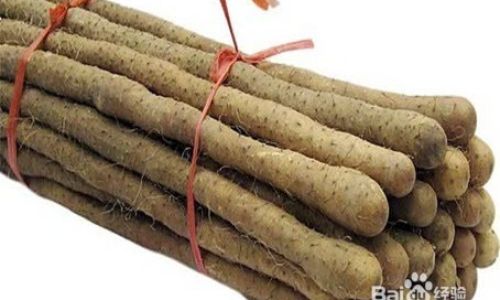
-
Cooling: Plunge the blanched yams into ice water to stop the cooking process and cool them quickly.
-
Freezing: Drain excess water, place the yams in freezer-safe containers or bags, and remove as much air as possible before sealing. Label with the date and use within 8-12 months for best quality.
Canning and Drying
For those interested in preserving yams in different forms, canning and drying are viable options.
-
Canning: Pressure canning is the recommended method for preserving yams, as it effectively kills bacteria and extends shelf life. Follow standard canning procedures, ensuring the jars are properly sealed and stored in a cool, dark place.
-
Drying: Dried yams, often called yam flakes or powder, can be used in a variety of recipes. Use a food dehydrator or oven set to a very low temperature to dry slices or puree until they are brittle. Store dried yams in airtight containers in a cool, dry place.
Monitoring and Maintenance
Regardless of the storage method chosen, regular monitoring is key to maintaining yam freshness.
-
Check Regularly: Inspect stored yams periodically for signs of spoilage, such as mold, soft spots, or discoloration.
-
First-In, First-Out: Use the oldest yams first to ensure none go to waste.
-
Rotate Stock: Keep new batches separate from older ones to maintain organized rotation.
Conclusion
Preserving the freshness of yams requires a combination of understanding their storage needs and employing effective preservation techniques. Whether you opt for traditional methods like sand storage or modern solutions like specialized containers, the goal is to create an environment that mimics the natural conditions of yams’ origin. By carefully selecting, preparing, and storing your yams, you can enjoy their nutritious benefits and culinary versatility for an extended period. Remember, the key to successful preservation lies in attention to detail, regular monitoring, and adapting your methods to suit the specific conditions of your storage space. With these guidelines, you can confidently keep your yams fresh and ready to use whenever inspiration strikes.
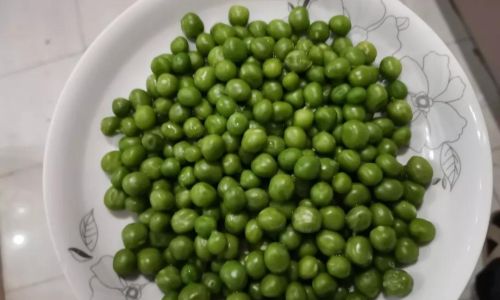
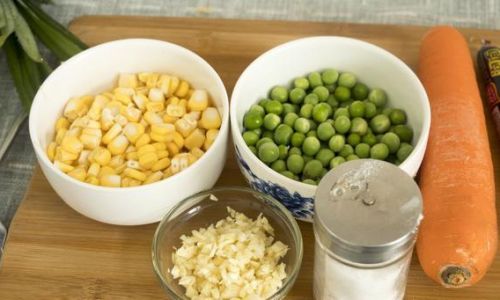
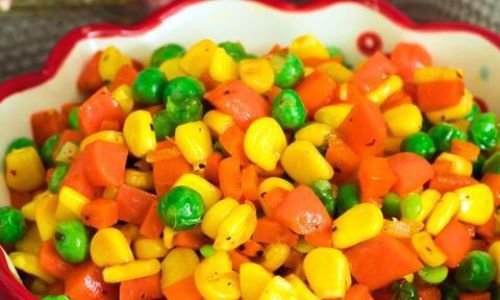
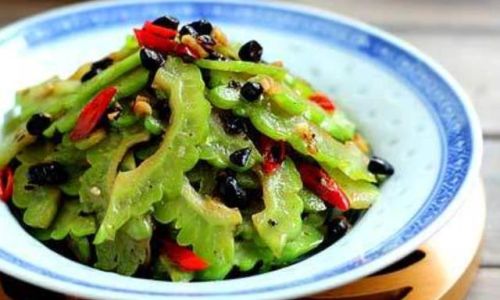
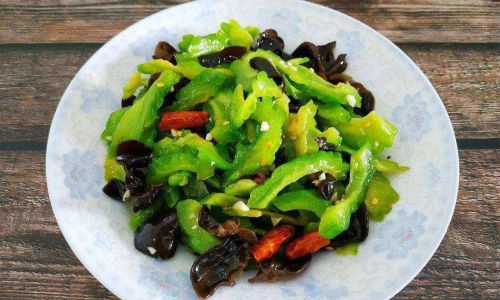
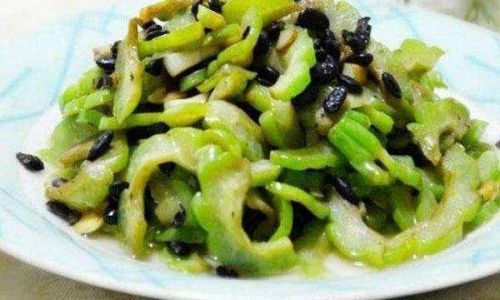
0 comments